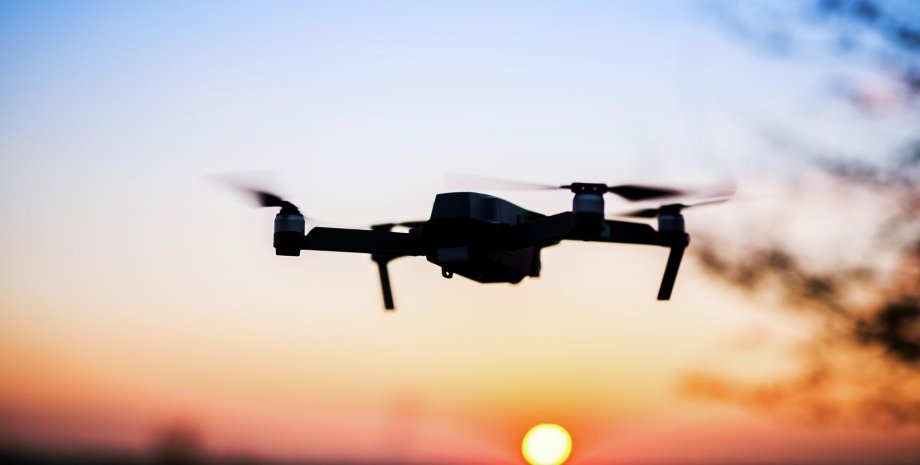
In Russia, students will assemble attack drones: what is known about ‘self-propelled’ UAVs
In a month, young Russians should make about a hundred drones. In addition, local enterprises are involved in the work.
In the Primorsky Krai, Russian students are involved in assembling unmanned aerial vehicles for waging war in Ukraine. Oleg Kozhemyako, the governor of the region, announced this in his Telegram channel.
According to him, students of local universities have already started assembling drones for the Russian military and will provide 100 ready-made devices by the end of the month. In addition, various seaside factories were involved in the assembly, which now, instead of the main work, are also forced to manufacture drones.
“UAVs have shown their effectiveness in modern combat conditions. We can make our own engines, bodies, electronics. Our drones will have different ranges and payloads,” Oleg Kozhemyako said.
The governor did not reveal the characteristics of the manufactured UAVs, but told the media that 55% of them are made of parts that are in the Primorsky Krai. For this, the local authorities establish cooperation between enterprises that produce engines, housings, electronics and composite materials.
Before that, Oleg Kozhemyako said that his region had already sent about 500 different drones to the Russian troops on the territory of Ukraine, and at the same time, about a hundred of them were equipped with thermal imaging devices for working at night. In addition, local enterprises made electronic warfare equipment for the Russian Armed Forces, which create obstacles for Ukrainian drones.
Earlier in St. Petersburg, the production of Russian quadcopters was launched at the Almaz-Antey concern plant. The company promises to release 400 devices in November, and 600 more by the end of the year. In 2023, they plan to put drones on sale, increase production and develop new models.
At the same time, Moscow plans to make drones specifically for the war in Ukraine. The company “Omnisky” claims that their multi-purpose drones will be able to fly at a speed of 120 km/h, conduct reconnaissance, drop grenades and indicate military targets for fire.

